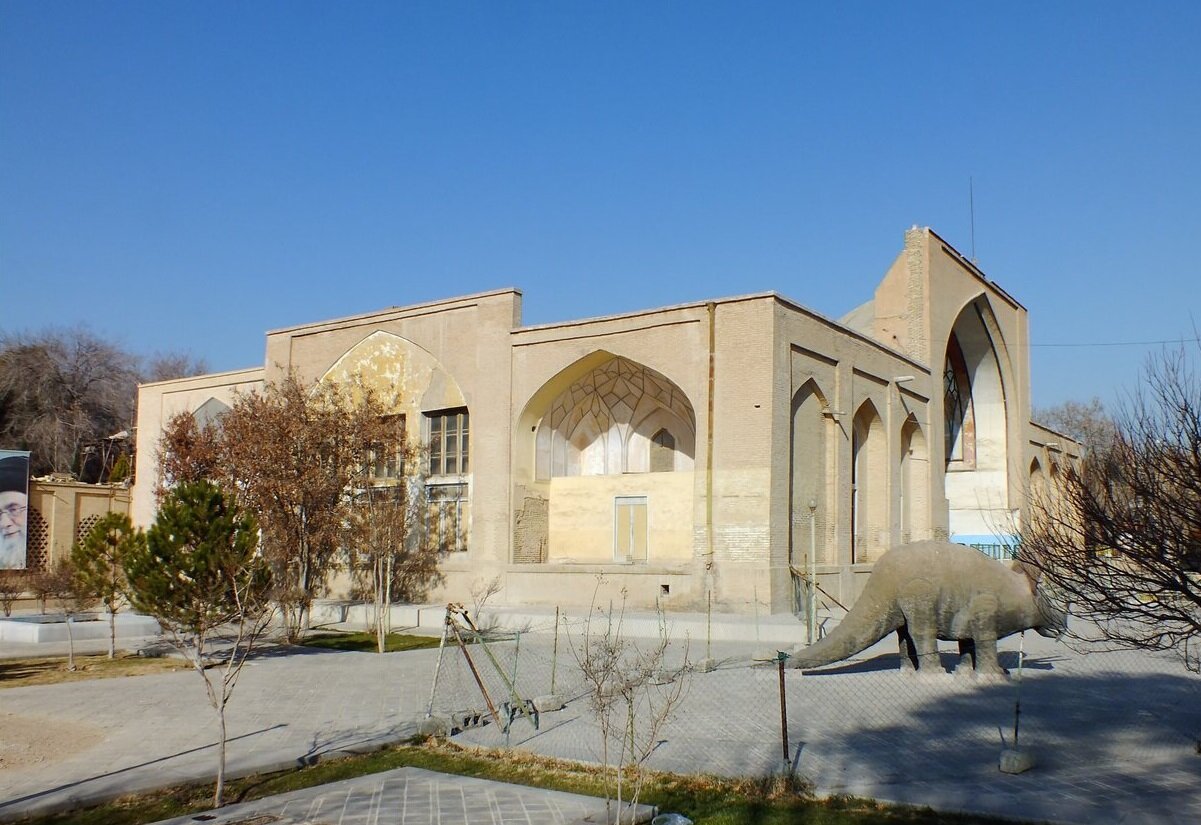Timurid edifice near UNESCO-listed Naqsh-e Jahan Square to undergo restoration

TEHRAN - Mohammad-Ali Izadkhasti, CEO of the Urban Revitalization Organization of Isfahan, has announced plans for an urgent restoration project on the “Timurid Hall” located within the ancient city.
The historically significant structure is located within the royal complex of Dowlatkhaneh Safavi near the UNESCO-listed Naqsh-e Jahan Square.
Izadkhasti detailed the history and importance of the Timurid Hall, noting that it dates back to the Timurid period, Mehr reported on Monday.
“The hall is believed to have been commissioned by Mirza Rostam ibn Mirza Amu Sheikh, a descendant of Amir Timur, as a space for administrative or leisure use.” During the Safavid era, it also served governmental functions and was closely connected to the Naqsh-e Jahan Square through a courtyard known as Chahar-Houz.
He further explained that over the centuries, the building changed hands multiple times. It was transferred to the military during the Pahlavi period and later acquired by the Isfahan municipality. In the 1980s, it was used by a university professor and eventually opened as the Isfahan Museum of Natural History in 1988. However, following the death of the museum’s founder, the building was abandoned and suffered from severe decay, including water damage, foundation sinking, and wall movement.
According to Izadkhasti, the pending restoration marks a significant step toward preserving one of the oldest architectural remnants in the city.
Elsewhere in his remarks, Izadkhasti emphasized the building’s national registration status and the significant damage it has sustained due to years of neglect. “We are currently conducting a thorough assessment to understand the damages and to develop a comprehensive restoration plan,” he said.
The initial phase of restoration, with a budget of 150 billion rials (some $250,000), will begin next week, and the full restoration plan is expected to be completed within a month. An additional budget of 250 billion rials is projected for completion next year.
Elsewhere in his remarks, Izadkhasti stressed the importance of maintaining the building’s authenticity and historical character throughout the restoration process, envisioning its revitalization as a historic site for both residents and tourists.
A city of historical significance
Isfahan, situated at the crossroads of Iran’s north-south and east-west trade routes, reached its zenith between the 9th and 18th centuries. During the Safavid era, it became Iran’s capital under Shah Abbas the Great. Renowned for its Persian-Islamic architecture, the city is home to historical landmarks such as Naqsh-e Jahan Square, a UNESCO World Heritage site.
Moreover, the ancient city was once a crossroads of international trade and diplomacy in Iran and now it is one of Iran’s top tourist destinations for good reasons. It is filled with many architectural wonders, such as unmatched Islamic buildings, bazaars, museums, Persian gardens, and tree-lined boulevards. It’s a city for walking, getting lost in its mazing bazaars, dozing in beautiful gardens, and meeting people.
The Persian proverb “Isfahan nesf-e-jahan ast” (Isfahan is half the world) reflects the city’s cultural and historical prominence.
AM
